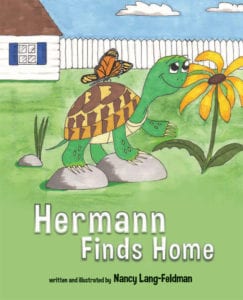By Ellen Barcel
The term monoculture is generally used in agriculture to refer to a farmer raising only one variety of a particular crop. There are benefits and disadvantages to monoculture. The benefit is that a farmer can select the best, most well-adapted plant, a plant that will produce the biggest harvest, etc.
The disadvantage of monoculture is that if that particular plant is attacked by an insect pest, fungus, bacteria or virus to which it has no resistance, the entire crop can be wiped out. This happened in the 1800s when only a few strains of potatoes were raised in Ireland. When they were attacked by a blight to which they had no resistance, the Irish potato famine was the result. Had they grown a broader variety of potatoes (and other food crops), this wouldn’t have been as big a disaster.
The same concept can be applied to gardeners when they plant virtually all of the same type of plant. When an insect pest or some sort of disease strikes a particular variety of plant, then their garden is wiped out.
Current situations to keep in mind
Oak wilt has been found in Central Islip recently. It’s a fungal disease that blocks the water-conducting vessels of a tree. Without water, the tree dies. At present there is no cure for oak wilt. The trees must be removed and destroyed so the disease doesn’t spread. This potentially could be a problem on Long Island since we have so many oak trees growing here naturally.
Southern pine beetles have been found on Long Island. The southern pine beetle bores into healthy trees, eventually killing the trees. The Department of Environmental Conservation has been fighting this forest pest, and recently New York State provided grants to local communities to help control it by cutting down the infested trees and destroying them, again, the best method of control.
The Asian longhorn beetle is a pest that particularly attacks hardwood trees. According to New York State Department of Agriculture, it was first discovered in North America in 1996 in Brooklyn. The beetles were detected in Islip in 1999 and eradicated in 2011. They were also detected on Staten Island in 2007 and eradicated in 2013. Recently, an infestation of the beetle has been found in West Babylon. Check your pool filters for these pests and check your hardwood trees for signs of infestation such as bore holes.
Some helpful strategies
◆ Check your trees more frequently. Look for anything out of the ordinary: fungus, unusual deposits of sap, holes in the bark, etc. Call in an arborist if you see anything you don’t like. The sooner a problem is detected, the easier to control it and prevent its spread.
◆ A broader solution is to avoid monoculture. Plant a variety of trees and shrubs that do what you want a particular plant to do: provide shade, provide a living fence, provide a specimen plant, etc. That way, if a pest or disease attacks one species, you have a chance of keeping at least some of your carefully tended plants.
◆ Look for disease- or pest-resistant plants. For example, the Irish potato famine was caused by a fungus that also attacks certain tomato cultivars. This was a problem on Long Island just a few years ago. Check plant tags and catalog descriptions. This is particularly true for new trees being added to your property. It’s easy enough to try a new variety of tomato plant each year, but trees take many years, decades in some cases, to reach maturity.
◆ Lastly, support organizations that are working to develop disease-resistant plants. For example, The American Chestnut Foundation is working toward developing disease-resistant plants. The American chestnut tree was nearly wiped out by a fungal disease known as the chestnut blight in the early 20th century. The tree was native to much of the eastern part of North America. Visit www.acf.org for further information on its work.
For further information on the above and other garden pests and diseases, go to www.dec.ny.gov, www.na.fs.us and www.agriculture.ny.gov.
Ellen Barcel is a freelance writer and master gardener. To reach Cornell Cooperative Extension of Suffolk County and its Master Gardener program, call 631-727-7850.













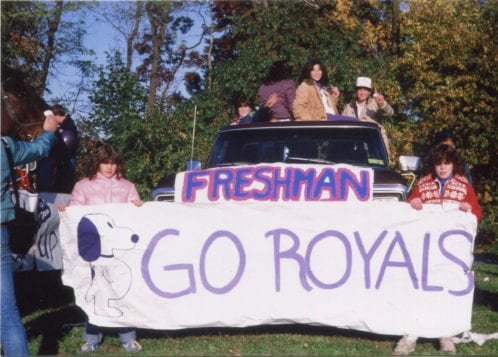
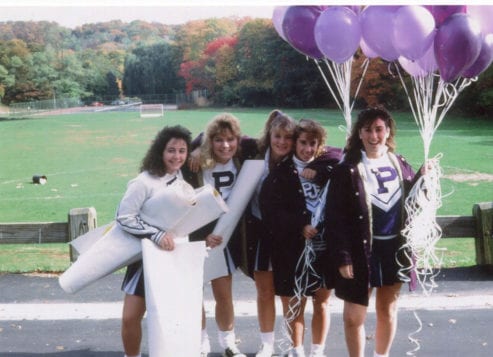



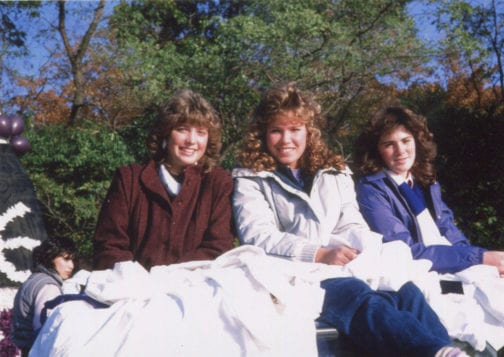
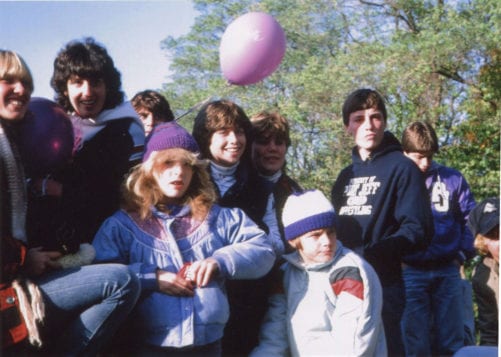



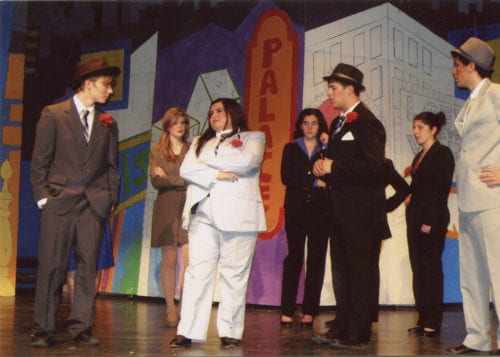



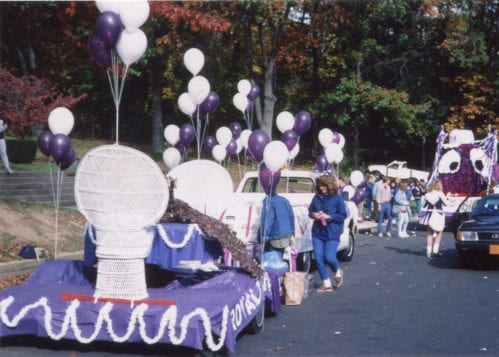




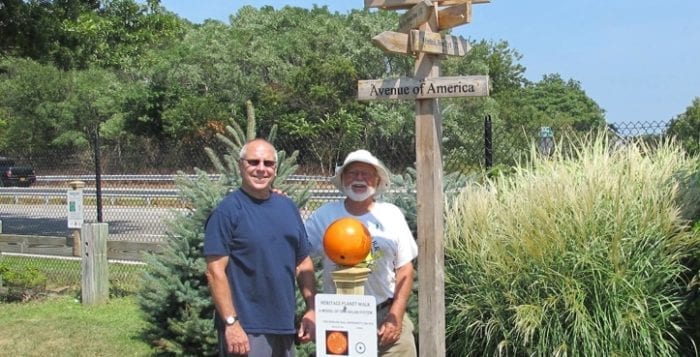
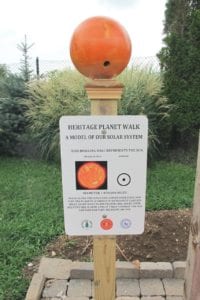 Tom and Nick Nagle of Letter Perfect Graphics formatted and printed the signs on metal sign plates, funds for the posts and screws were donated and Yvonne Francis of Port Jeff Bowl donated the bowling ball sun. Visit the Wedge and tour the Solar System by starting at the south end of the park. Look for the planet signs along the fence line and find out where Neptune and the dwarf planet Pluto would be in this model of the solar system.
Tom and Nick Nagle of Letter Perfect Graphics formatted and printed the signs on metal sign plates, funds for the posts and screws were donated and Yvonne Francis of Port Jeff Bowl donated the bowling ball sun. Visit the Wedge and tour the Solar System by starting at the south end of the park. Look for the planet signs along the fence line and find out where Neptune and the dwarf planet Pluto would be in this model of the solar system.
